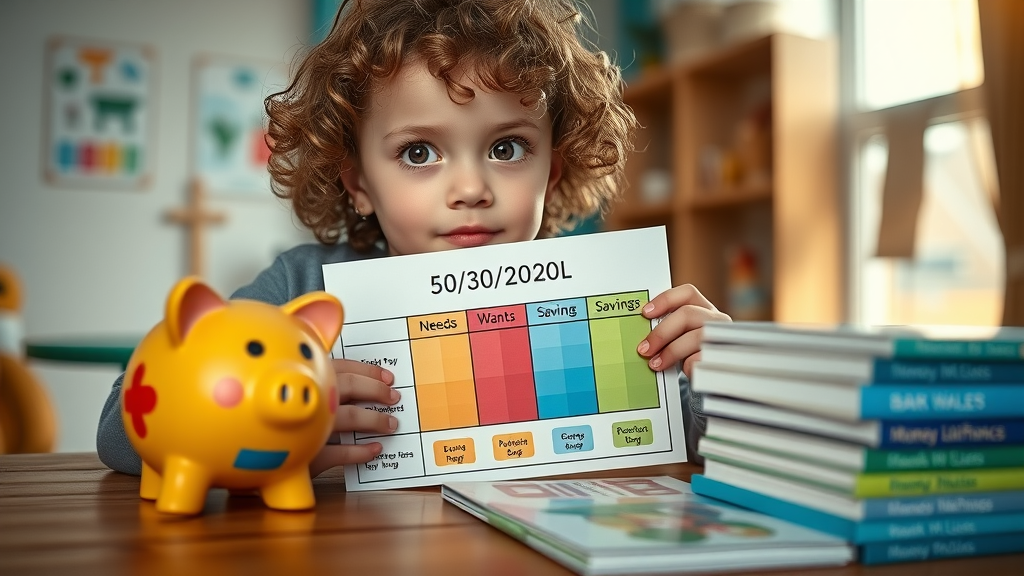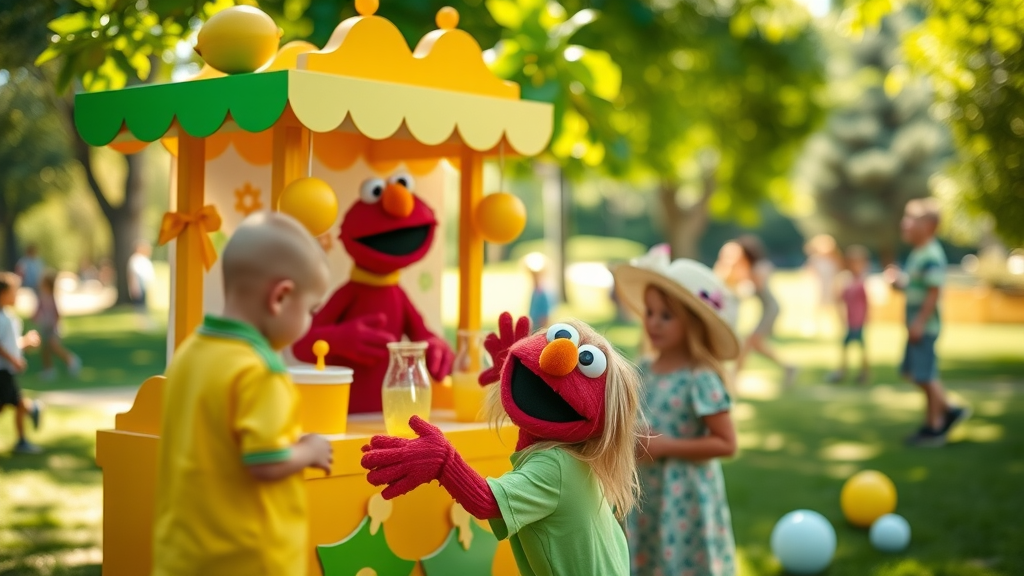Have you ever wondered why financial literacy isn’t taught in schools as extensively as other subjects? It’s a crucial life skill that shapes children's futures. In this article, we'll explore why financial literacy for kids matters significantly, how it influences their development, and what effective teaching strategies can be employed.
Opening Inquiry: Why Financial Literacy Matters for Kids

Understanding money management is much more than just a skill; it’s an essential aspect of every child's growth. Mastering financial literacy can boost their confidence, decision-making skills, and prepares them for life's uncertainties. This knowledge empowers them to take charge of their finances, leading to responsible adult behavior and financial independence.
Understanding Financial Literacy for Kids
Defining Financial Literacy
Financial literacy for kids refers to the education children receive concerning budgeting, saving, investing, and understanding money and value. By gaining knowledge in these areas, they learn to make informed financial decisions, helping them navigate future expenses responsibly.
The Role of Financial Literacy in Child Development
Integrating financial literacy into a child's curriculum is not only beneficial but essential. According to Abigael Kabugho, founder of Kidspreneurs Uganda, "Equipping children with financial skills early on fosters confidence and creativity." These skills nurture a mindset that is adaptable, innovative, and equipped to handle economic changes as they grow.

Key Components of Financial Literacy for Kids
The 50/30/20 Budget Rule for Kids
One fundamental component of financial literacy for kids is the concept of budgeting. The 50/30/20 budget rule is a simple framework where children learn to allocate 50% of their income to necessities, 30% to wants, and 20% to savings. It's an effective strategy to introduce budgeting at a young age and prepare them for adult financial responsibilities.

The Four Pillars of Financial Literacy
There are four pivotal aspects of financial literacy that children should understand: earning, saving, spending, and investing. Recognizing how these elements interconnect helps kids develop a more holistic approach to managing money.
Teaching Financial Literacy: Effective Strategies
Interactive Learning Approaches
One effective way to teach kids about finances is through engagement. Interactive learning—such as workshops, games, and simulations—can make complex financial concepts easier to grasp. Abigael Kabugho emphasizes this, noting that hands-on experiences create memorable learning opportunities. For more strategies, check out Smart Strategies for Teaching Kids Financial Responsibility.

Using Games and Activities to Teach Financial Concepts
Games are not only fun but also serve as powerful tools for teaching financial literacy for kids. Activities like role-playing a shopping trip or managing a lemonade stand foster practical understanding while keeping the learning process enjoyable.

Expert Insights on Financial Literacy for Kids
Abigael Kabugho, founder of Kidspreneurs Uganda, emphasizes the importance of equipping children with financial skills early on to foster confidence and creativity.
Abigael's Approach to Financial Literacy
Through her initiatives, Abigael Kabugho is dedicated to empowering children in Africa. “At Kidspreneurs Uganda, we aim to instill an entrepreneurial mindset in children, building the foundations for their financial independence,” she states. Her work complements the educational framework by providing children with the skills they need to thrive.
Common Mistakes in Teaching Financial Literacy
Misconceptions About Money Management
One common misconception is that financial literacy is not essential for kids. However, this leads to gaps in knowledge that can affect their futures. The earlier children learn to manage money effectively, the more prepared they will be for adult life.
Avoiding Overwhelm: Simplifying Financial Concepts
It’s crucial to present financial concepts in a simplified manner. Overloading children with complex jargon can lead to confusion. Instead, break down the information into bite-sized pieces that kids can digest easily.

Practical Tips for Parents
Incorporating Financial Lessons into Daily Life
Parents can easily incorporate financial lessons into everyday situations. Simple tasks like grocery shopping can be an opportunity to discuss pricing, budgeting, and making sound purchasing decisions. “Every moment is a teaching moment when it comes to financial literacy,” says Kabugho.

Resources for Teaching Financial Literacy
There are numerous resources available for parents seeking to enhance their children's financial education. Books, online courses, and community workshops can effectively supplement family discussions about money. For more insights on financial management tools, explore Invoicing Software: Transforming Small Business Financial Management.
People Also Ask
How do you teach your kids financial literacy?
Teaching your kids financial literacy can start with basic concepts like saving and spending. Use games, visual aids, and daily spending scenarios to create an engaging learning environment.
What is the 50/30/20 budget rule for kids?
The 50/30/20 budget rule is a simple budgeting framework where 50% of income is for needs, 30% for wants, and 20% for savings. It teaches children the importance of balance and preparation for their financial future.
What are the 4 pillars of financial literacy?
The four pillars of financial literacy are earning, saving, spending, and investing. Each pillar helps children build a comprehensive understanding of money management.
Conclusion: The Path to Financial Empowerment
Teaching financial literacy for kids lays the groundwork for their future financial success. Encouraging understanding through engaging methods turns money management from a mundane task into a fun challenge. Children equipped with these skills grow to become proactive and financially responsible adults.
Call to Action: Discover Kidspreneurs Uganda Programs For Tomorrow's Business Leaders

Ready to take action? Encourage your child to join Kidspreneurs Uganda programs and empower them with the right skills to navigate their financial futures confidently.
Key Takeaways
The Importance of Early Financial Education
Early financial education is vital in equipping children with necessary life skills that lead to their success in adulthood.
Engaging Methods to Teach Financial Literacy
Using interactive and engaging methods such as games, role-play, and practical life experiences makes learning about money fun and effective.
FAQs
What are the 4 pillars of financial literacy?
The four pillars of financial literacy are: earning, saving, spending, and investing, which together form the foundation of good money management skills.
 Add Row
Add Row  Add
Add 




Write A Comment